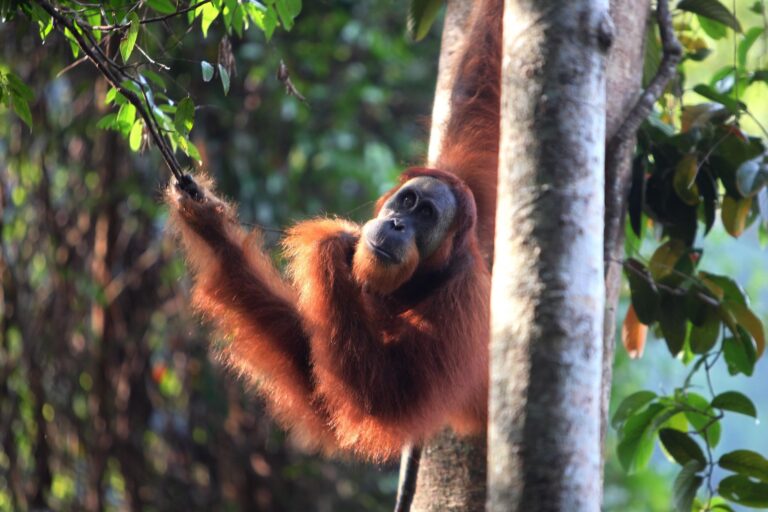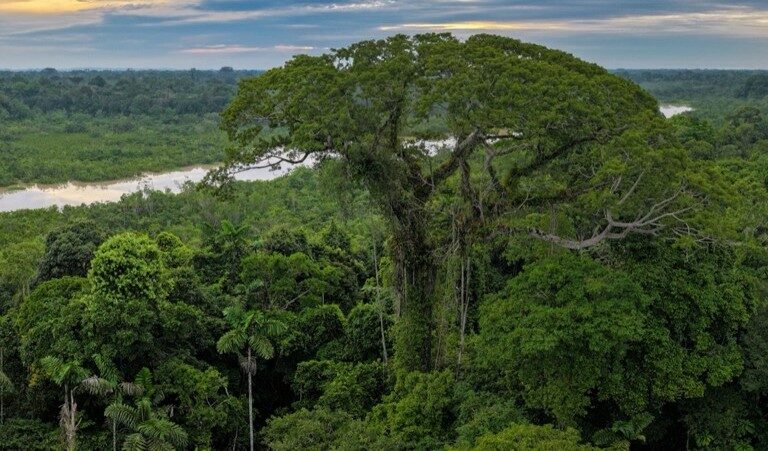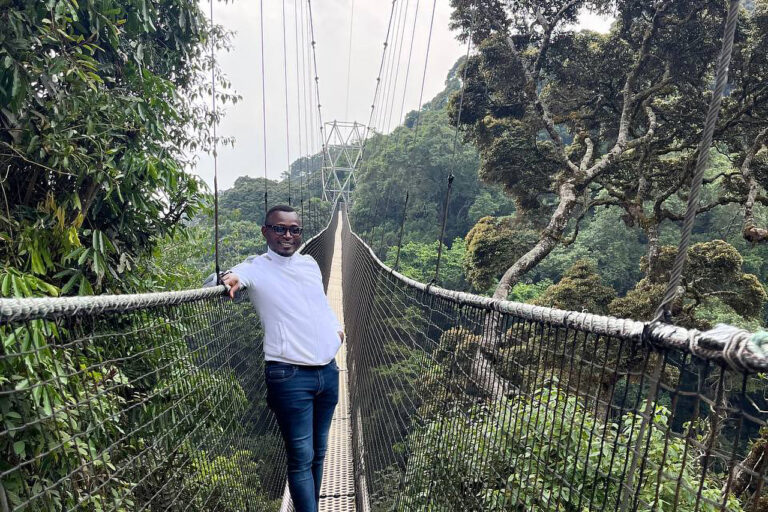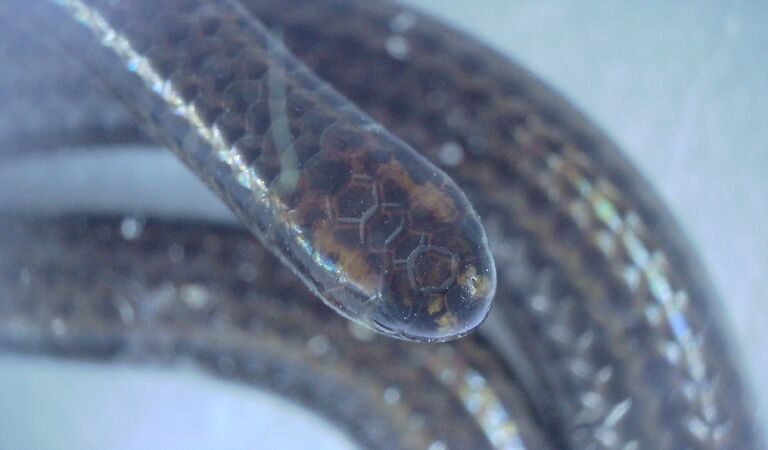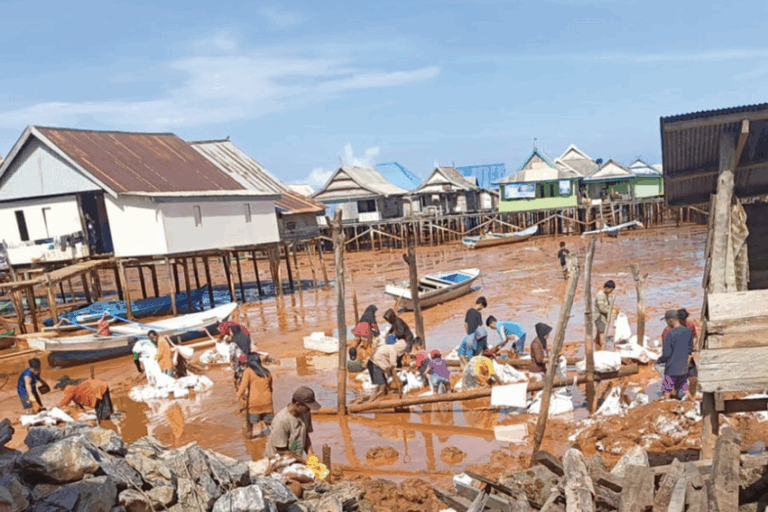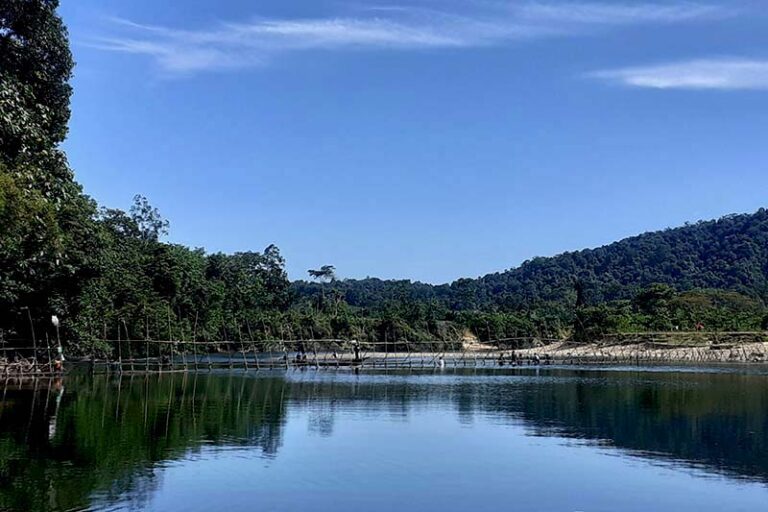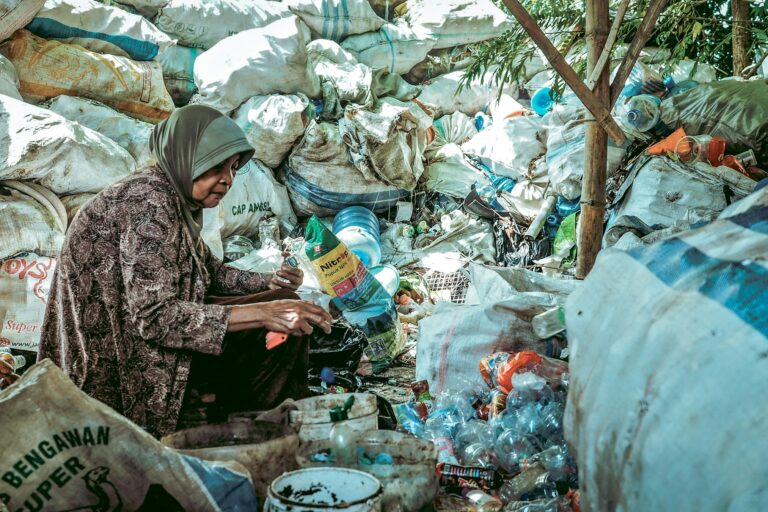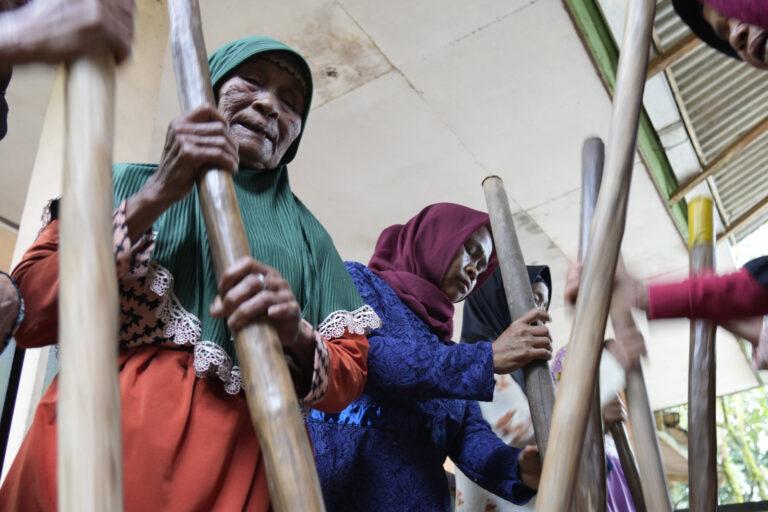- The Indonesian government has lifted a ban on the use of seine and trawl nets, which marine conservationists and scientists have blamed for overfishing and damage to coastal reef ecosystems.
- The policy was signed by the fisheries minister, Edhy Prabowo, on Nov. 18, a month before he was arrested for corruption in a separate case.
- Marine observers have lambasted the new policy, saying it will only benefit large-scale fishers and put additional pressure on already overexploited fishing grounds.
- Indonesia’s waters support some of the highest levels of marine biodiversity in the world, and the fisheries industry employs about 12 million Indonesians, making it the second-largest fish producer in the world.
JAKARTA — The Indonesian government will reopen some of its waters to fishing with seine and trawl nets, drawing criticism over the destruction wrought by this practice.
The fisheries ministry recently published a list of approved fishing equipment that had previously been banned for contributing to depleted fish stocks in Indonesian waters. The list was signed Nov. 18 by the minister, Edhy Prabowo — a week before his arrest on corruption charges in a separate case. Among the equipment approved for use are seine nets, known locally as dogol and cantrang, midwater trawl nets (pukat ikan), and bottom otter trawl nets (pukat hela dasar).
Seines and trawls are highly effective equipment for sweeping up large amounts of fish, but they are also highly non-discriminative. A 2010 study by the Bogor Institute of Agriculture (IPB) showed that nearly 50% of cantrang catches were bycatch and discards.
The fisheries ministry has previously justified wanting to lift the ban on these types of nets to boost catches and thereby attract greater investment in the fisheries sector. Now, though, it says the ban is effectively useless, with fishers continuing to use these nets.
“Let’s just legalize it,” said Muhammad Zaini Hanafi, the interim director-general for capture fisheries. He added that operating permits under the new rule will only be issued to boats that already use these nets — effectively whitewashing the once-banned practice.

There will be other restrictions on the use of these nets. Cantrang, for instance, will only be allowed on boats of 10 to 20 gross tonnage (GT) in size, and operating in the Java Sea and Natuna Sea.
Fishing in the Java Sea, off the north coast of Indonesia’s most populous island, has traditionally been done with cantrang. Fishers here and their communities represent a sizeable voting bloc, so banning cantrang became a loaded issue. When the initial ban was imposed in 2015, by then-minister Susi Pudjiastuti, the Java Sea fishers were exempted and given a three-year grace period to give up their cantrang nets.
In late 2019 and early 2020, they were enlisted as an unofficial navy, sent by the government to fish with their cantrang in the waters around the Natuna Islands between Sumatra and Borneo. The move was meant to establish a heavy Indonesian presence there to counter incursions into the area by Chinese fishing boats; while China hasn’t explicitly laid claim to the Natuna waters, its controversial “nine-dash line” includes the area, which is acknowledged by the rest of the world as Indonesian waters. But the stunt also sparked tensions between the Java cantrang fishers and local artisanal fishers.
The Java Sea fishers and their supporters say the nets aren’t as destructive as critics contend, because they them away from coastal reefs. But critics say many fishers typically modify the nets to work like a bottom trawl, and that they deploy them near the coast. A 2015 survey by the fisheries ministry also found that many cantrang fishers had understated the size of their boats to get around a restriction on vessels larger than 5 GT using this type of net.
The fisheries sector in Indonesia, the world’s largest archipelagic country, plays an important role in supporting national and global food security. The country’s waters support some of the highest levels of marine biodiversity in the world, and the fisheries industry employs about 12 million Indonesians, making it the second-largest fish producer in the world.
Susan Herawati, secretary-general of the NGO Coalition for Fisheries Justice (KIARA), said in a statement that the lifting of the seine and trawl ban will once again put pressure on already overexploited fishing grounds. She said it also disadvantages smaller fishers using less destructive equipment, who contribute a far greater combined catch than the Java Sea cantrang fishers.
“The decree signals that the fisheries ministry doesn’t take into account the 470,020 small-scale fishers along the northern coast of Java Island whose livelihoods are highly reliant on the fish resources,” Susan said.
She added that the ministry in 2018 published a scientific report linking cantrang to ineffective and exploitative fishing, damage to coral reefs, and socioeconomic conflict between fishers.
“It’s very strange that the same office issued this decree two years after the publication of that scientific report. So what’s the scientific basis for this new policy?” she said.
Observers have called on President Joko Widodo to evaluate the new policy, given that it flouts a 1980 presidential decree banning the use of all trawl nets in Indonesia. The new policy will lead to legal uncertainty for fisheries inspectors and law enforcers.
“Such inconsistent policymaking will result in poor fisheries management because a regulation can flip 180 degrees depending on who is the minister and with whom the minister has connections,” said Mohammad Abdi Suhufan, national coordinator for the NGO Destructive Fishing Watch (DFW) Indonesia.

FEEDBACK: Use this form to send a message to the author of this post. If you want to post a public comment, you can do that at the bottom of the page.







